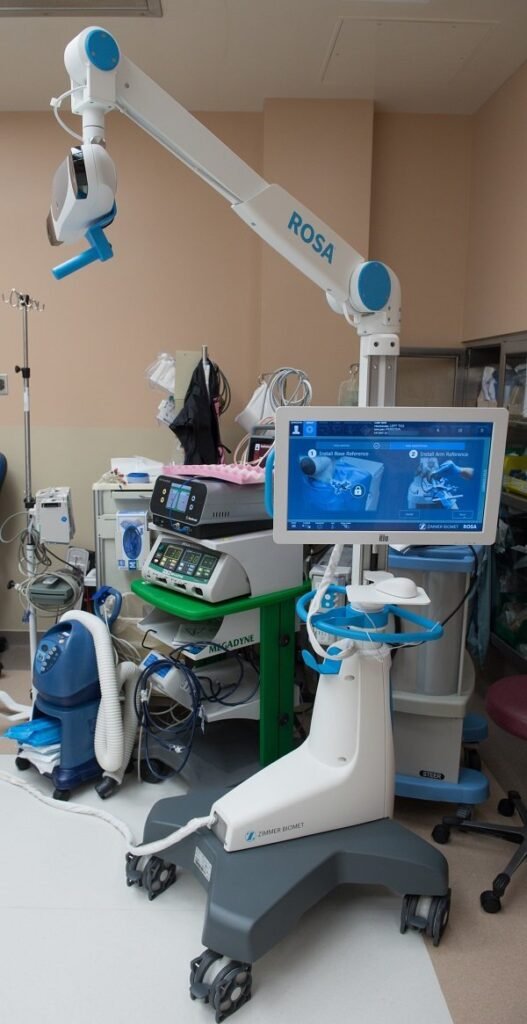Dry Needling
Dry needling is a therapeutic technique that involves the insertion of thin needles into specific points in the body to relieve pain, reduce muscle tension, and promote overall healing. Although it may seem similar to acupuncture, dry needling is primarily focused on addressing musculoskeletal conditions and other trigger points.
The practice of dry needling is mainly based on the understanding of myofascial pain syndrome (MPS), a condition characterized by the presence of trigger points within muscles. Trigger points are localized areas of muscle tightness, knots, or hyperirritable nodules that can cause pain, stiffness, and referred pain patterns. These points can result from acute injuries, chronic overuse, poor posture, or other factors.
During a dry needling session, a qualified physical therapist or chiropractor, inserts a fine, medically sterile needle directly into the trigger point(s) or the surrounding tissues. The needle is made of stainless steel and is much thinner than injection needles. The primary aim of dry needling is to elicit a “twitch response,” within the patient which is a brief, involuntary contraction of the muscle that indicates the release of tension and normalization of muscle function.
The effects of dry needling are multifaceted. Firstly, the needle insertion encourages local physiological responses, such as increased blood flow and the release of endorphins, (which are natural pain-relieving substances). These responses help reduce pain, inflammation, and muscle spasm in the targeted area.
Additionally, dry needling can stimulate a reflexive relaxation response, leading to improved muscle flexibility and decreased muscle guarding. This can enhance joint mobility and restore more optimal movement patterns.
Dry needling can also have a neurophysiological effect on the patient’s body. By targeting trigger points and modulating the nervous system, it can interrupt the pain signals traveling from the affected muscles to the brain, leading to reduced pain and improved function.
Dry needling is commonly used to address a variety of musculoskeletal conditions, including:
- Myofascial pain syndrome: Dry needling can effectively alleviate the pain and tightness associated with trigger points and myofascial restrictions.
- Neck and back pain: It is often used to relieve tension and discomfort in the cervical and lumbar spine, including conditions like muscle strains, disc problems, and postural-related pain.
- Headaches and migraines: Dry needling can help reduce headache frequency and intensity by targeting trigger points in the head, neck, and shoulder muscles.
- Joint conditions: It can complement the treatment of conditions such as osteoarthritis, tendinitis, and bursitis by addressing muscular imbalances and associated pain.
- Sports injuries: Dry needling can aid in the rehabilitation of sports-related injuries, including muscle strains, ligament sprains, and overuse injuries.
It is important to note that dry needling should be performed by a licensed and trained healthcare professional who has received proper education and certification in the technique. They should have a comprehensive understanding of the human anatomy, physiology, and the principles of dry needling to ensure safe and effective treatment.
Patients undergoing dry needling therapy, can also have access to dry needling treatment in Pune because of Dr. Dalal.
Each patient’s individual experiences with dry needling can vary, and it may not always be suitable for everyone. Some individuals may experience mild soreness or bruising at the needle insertion sites, but more serious complications are rare.


Dr. Shrikant Dalal
MBBS, DNB - Orthopedics/Orthopedic Surgery Spine Surgeon (Ortho), Spine And Pain Specialist, Joint Replacement Surgeon

